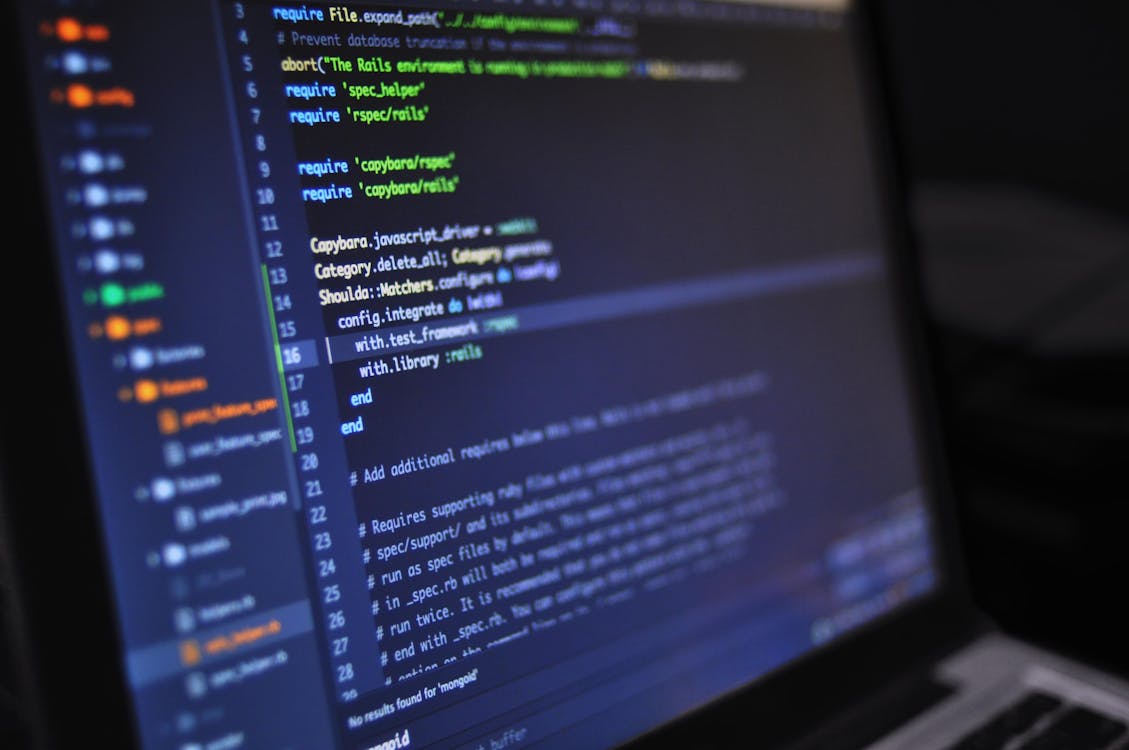Functions: The Building Blocks of Code Reusability
Functions are the cornerstone of every programming language. They are like variables, but instead of holding data, they encapsulate chunks of code. Think of a function as a recipe for a specific task that you can use over and over again in your code. In this blog post, we'll dive deep into the world of functions, exploring their anatomy, types, and the magic they bring to your code.
Anatomy of a Function
Let's dissect a function to understand its components:
function logger() {
console.log('...')
}
Function Name: "logger" in this case. It's a unique identifier for the function, allowing you to call it by name whenever needed.
Function Body: The code enclosed within curly braces {}. It contains the instructions that will be executed when the function is called, invoked, or running.
Parameters (Optional): Inside the parentheses (), you can define parameters. These are like variables specific to the function. They receive data when you call the function and act as input for the function's code.
Reusable Code with Functions
Functions are your tools for writing reusable code. Consider the following function:
function logger() {
console.log('...')
}
Even though it doesn't return any value (technically, it returns "undefined"), you can still reuse it throughout your code. This is useful for performing tasks without expecting a result. It's like having a mini-program at your disposal.
Function Declarations vs. Function Expressions In JavaScript, you can declare functions in two main ways: function declarations and function expressions.
Function Declarations
Function declarations are defined like this:
function calcAge(birthYear) {
return 2037 - birthYear
}
Here, "calcAge" is a named function that can be called before its declaration in the code, thanks to a concept called hoisting.
Function Expressions Function expressions are a bit different:
const calcAge = function (birthYear) {
return 2037 - birthYear
}
In this case, we've created an anonymous function (it has no name) and stored it in the "calcAge" variable. Function expressions are handy when you want to assign a function to a variable or pass it as an argument to another function.
The Rise of Arrow Functions
Arrow functions are a more concise way of writing functions, especially when you have a one-liner. Here's how they look:
const calcAge = (birthYear) => 2037 - birthYear
Notice that arrow functions omit the "function" keyword and can skip the curly braces for one-liners. One crucial difference is that arrow functions don't have their own this keyword, making them particularly useful for certain scenarios. Functions Calling Other Functions Functions can call other functions, creating a chain of actions. Consider this example:
function cutFruitPieces(fruit) {
return fruit * 4
}
function fruitProcessor(apples, oranges) {
const applePieces = cutFruitPieces(apples)
const orangePieces = cutFruitPieces(oranges)
return `You have ${applePieces} pieces of apples and ${orangePieces} pieces of oranges.`
}
console.log(fruitProcessor(2, 3))
Here, the fruitProcessor function calls cutFruitPieces to process the number of fruit pieces, and then it combines the results into a string.
“If you have to spend effort looking at a fragment of code and figuring out what it’s doing, then you should extract it into a function and name the function after the what.” — Martin Fowler
In Summary
Function Declaration: Declares a function that can be used anywhere in the code.
Function Expression: Stores a function as a value in a variable, allowing more flexibility.
Arrow Function: A concise way to write functions, perfect for one-liners.
Functions are versatile tools that take data as input, transform it, and produce output.
You can create reusable chunks of code with functions, avoiding manual repetition.
Functions are the building blocks of code reusability. Mastering them is essential for writing clean, efficient, and
maintainable code in any programming language. So, go ahead and start defining and using functions in your projects to
harness their power. Happy coding!
